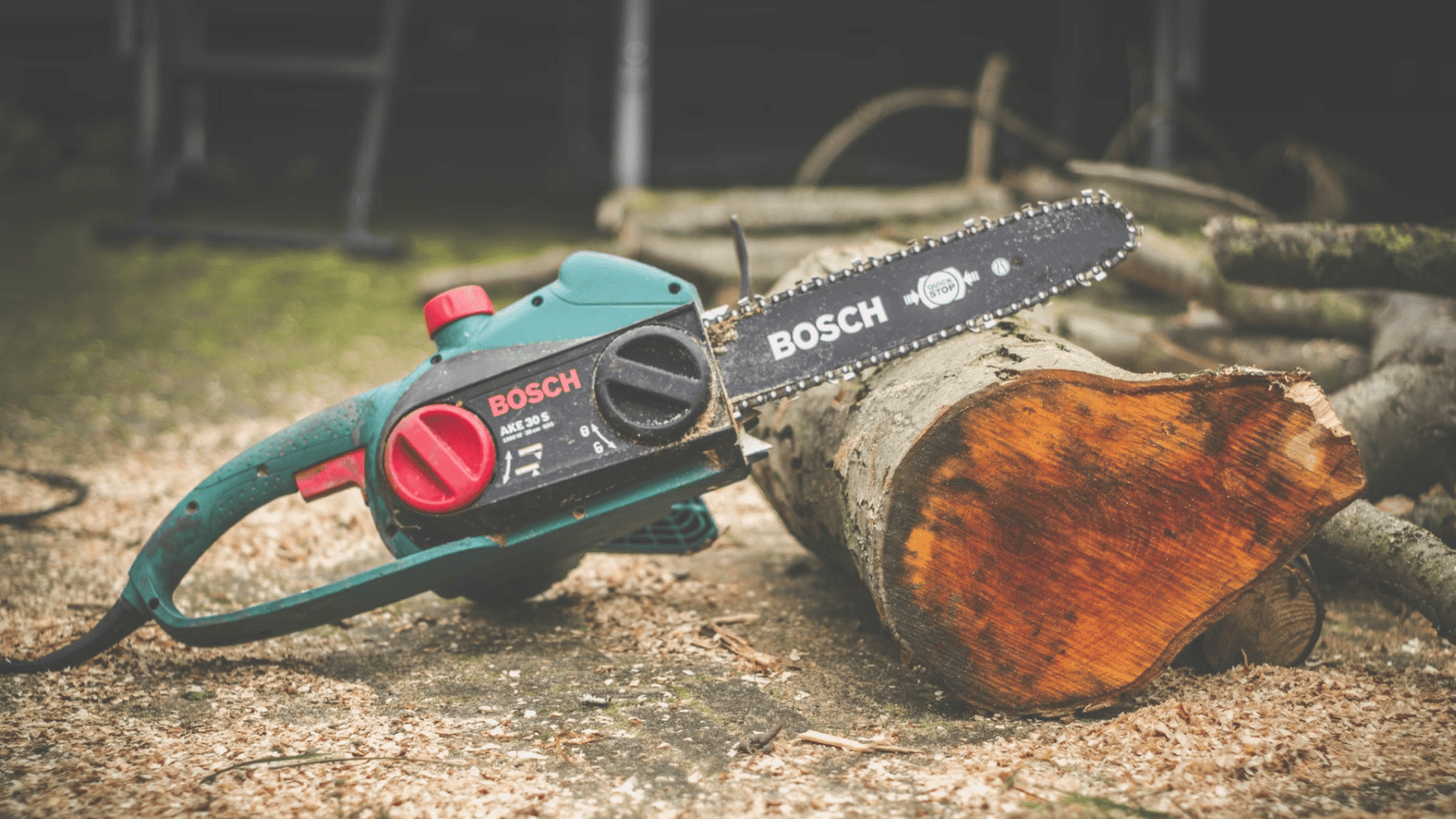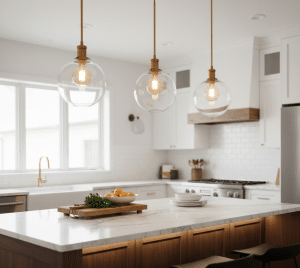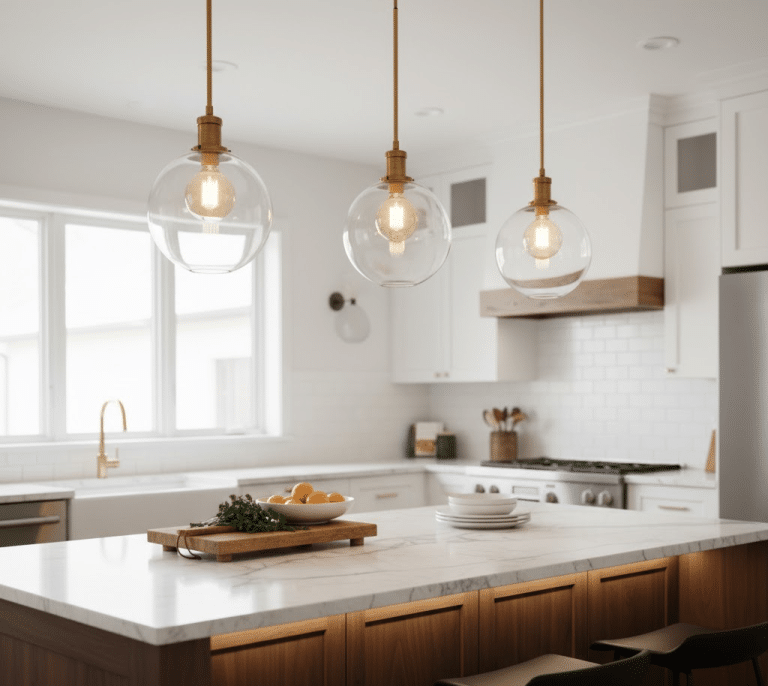Looking for a practical garden workshop layout?
Between a workshop where you can actually work and one that frustrates you at every turn is a good layout. Fact is most people just stuff their workshop full of tools and forget how to actually use the space.
The result is frustration every time you work on a project.
But here’s the good news…
With a little planning and a few key principles, you can design a workshop layout that makes every project easy. Once you get your workshop laid out properly, you’ll never work in a different way again.
What you’ll discover:
- Why Garden Workshop Layouts Matter
- The Core Zones Every Workshop Needs
- Layout Designs That Actually Work
- Storage Solutions That Save Space
Why Garden Workshop Layouts Matter
Productivity in your workshop depends on layout more than you might think.
New industry data reveals that the global gardening market is expected to exceed $150 billion by 2024, with consistent annual growth. This growth is driven by increased consumer spending on outdoor spaces, home improvement, and DIY projects.
In essence, where do you work on your DIY or home improvement project? Chances are it’s in your garden workshop. However, most people don’t realize that a poorly designed garden workshop layout wastes time, money, and safety, making every project frustrating. You spend more time moving materials and tools around just to access what you need. In fact, a well-organized layout saves time, money, and makes woodworking, metalworking or any other project more enjoyable.
The secret to all this is having a workshop layout designed to fit the way you work. So before you go buying tons of tools and materials, plan your workshop out first.
Why Heavy Duty Garden Workshops Are Different

Hang on a minute though…
Heavy duty garden workshops are different. These are built for big projects. You don’t buy heavy duty because you need something small and flimsy. You want it to last and hold a lot of equipment.
Heavy duty means strong, sturdy frames and reinforced construction. We’re talking robust enough to hold heavy machinery, lots of tools, and all your projects for many years to come.
That’s why workshop layout is even more important when you’ve got a heavy duty model. Big tools need big space and you need a smart layout that will keep everything accessible.
So when you’re planning out your workshop layout think about setting up a table saw, bench grinder, storage for raw materials, and more. You need space and a plan to keep everything accessible.
The Core Zones Every Workshop Needs
Every well-designed workshop breaks down into key zones.
Don’t try to do everything in one chaotic space. Divide your workshop into distinct zones based on your most common tasks. It will improve workflow dramatically and stop you from having to move tools and materials all the time.
These are the core zones you need in your workshop:
- Storage zone: Use wall-mounted racks to store materials, lumber, and supplies off the floor.
- Cutting station: Place saws and cutting tools with plenty of space on both sides so you can maneuver materials.
- Assembly area: Keep a spacious workbench clear and ready for assembling.
- Finishing zone: If you paint, stain, or apply finishes, have a well-ventilated area away from the main work zone.
- Tool storage: Use pegboards, cabinets, and tool chests to organize hand tools.
Break up your workshop into zones to minimize movement and create a natural workflow. Most efficient workshops follow a linear or circular pattern where tasks flow from one zone to the next with minimum backtracking.
Layout Designs That Actually Work
Don’t worry you’ve got options when it comes to workshop layout.
The best one depends on your space and what you want to build. Let’s go through the most effective designs so you can pick the right one for your garden workshop.
The L-Shaped Layout
This is by far the most popular workshop layout for good reason.
Use two adjacent walls to get maximum workspace without feeling cramped. Put shelving and cabinets on the longer wall, then install your main workbench on the short wall. It keeps your most-used tools within easy reach and creates distinct zones for different tasks.
The U-Shaped Layout
Got lots of space? U-shape is the way to go.
Wraps around three walls and puts everything within easy reach. The best part is you can position your most frequently used tools in the U so you have to move as little as possible. The center is left open for large projects or materials that need space.
The Linear Layout
A narrow space? Linear layout is your friend.
Lines everything up on one or two walls in a straight line. Forces you to think about tool placement and workflow sequence. Start with material storage on one end, then cutting in the middle and assembly at the other end.
Simple but incredibly effective for small spaces.
Storage Solutions That Save Space
A little known secret about workshops…
You waste most of your space if you only use it on the floor. Vertical space is your friend. You should be thinking about wall-mounted storage.
Wall mounted pegboards are so useful. Hang tools, organize by type and see everything at a glance. No more rummaging through drawers trying to find that one wrench.
Overhead storage racks are great for seasonal stuff and rarely-used equipment. Keeps it out of the way but still accessible. Frees up valuable floor space for work in progress.
Mobile storage carts are super useful to keep things handy when working on a specific project. Load up the tools for one task and roll it next to your work area. When finished, just roll it away.
And the big secret…
Give every tool a specific spot. Label your storage areas so you (and anyone else helping) knows where everything goes. This habit alone saves hours of searching and keeps your workshop organized long term.
Safety and Planning Essentials
Safety in the workshop isn’t optional.
Layout needs clear pathways for emergency exits, proper ventilation and space around machinery for safe operation. Good lighting is also important for safety and precision work. Install overhead lights for general illumination and task lighting at workbenches and cutting stations.
Ventilation is more important than you realize. You need somewhere for sawdust, paint fumes, and chemical odors to go. Install exhaust fans or at least leave windows open when you’re working.
Don’t lock yourself into an initial layout either. Your needs will change as you take on different projects and acquire new tools. Design the workshop with flexibility in mind, using modular shelving that you can adjust or relocate.
Wrapping It All Up
Break your space into zones, choose a layout that fits your workflow, maximize vertical storage, and plan for safety. Stick to these simple principles and your workshop will go from frustrating to a productive space you actually enjoy spending time in.
Before you go fill your garden workshop with tons of tools and materials, plan out the layout. Measure everything twice, consider your workflow and create zones that make sense for the projects you work on. You’ll thank yourself every time you walk into that organized, efficient space.
Now get out there and build something great.













